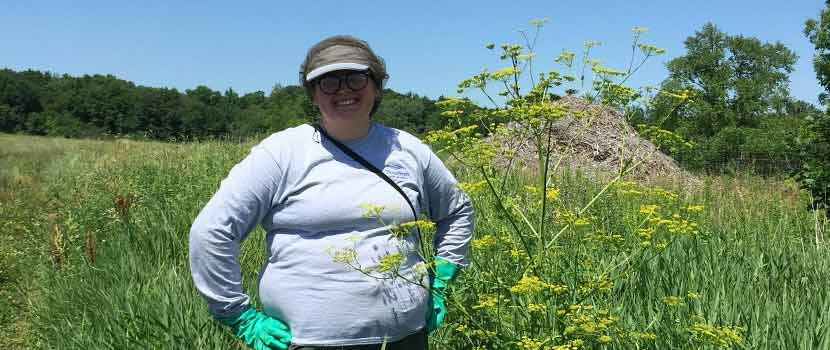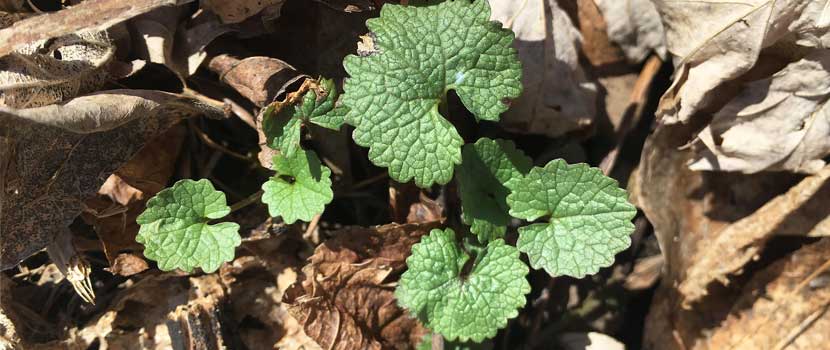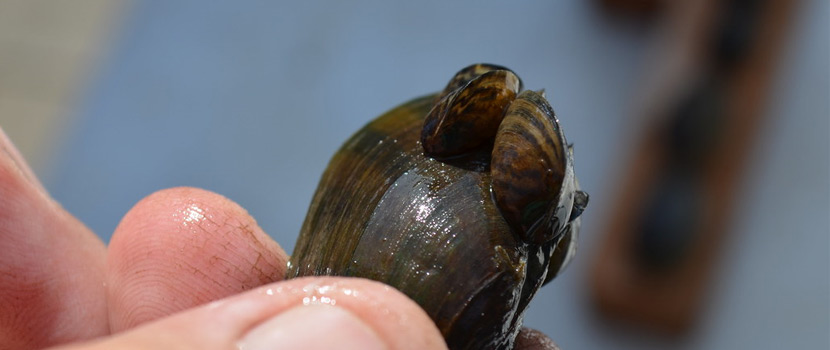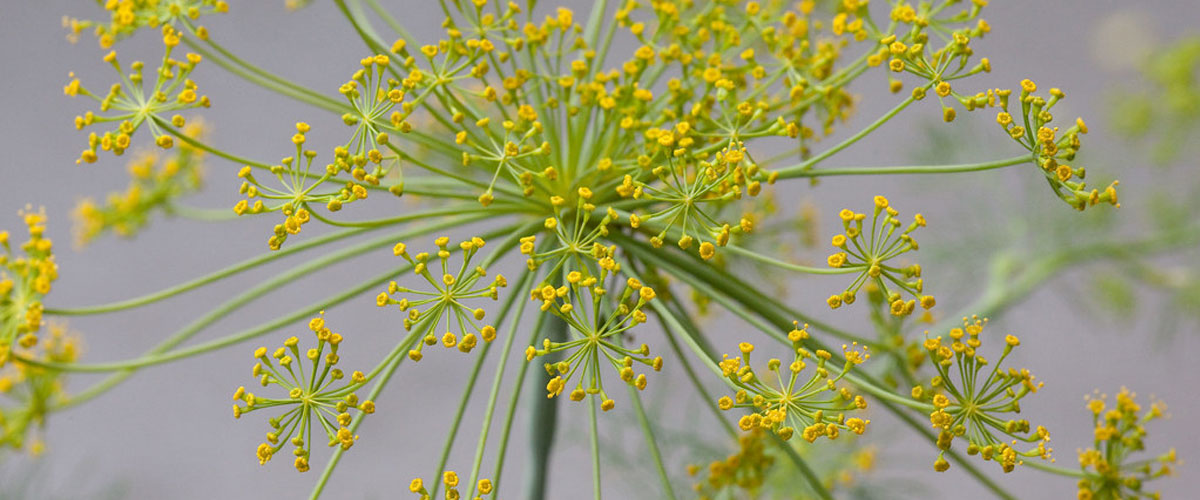
Carrots: The Good, The Bad and The Deadly
By: Missy Anderson
June 22, 2020
Category: Resource Management
The carrot family (Apiaceae) is an amazingly diverse and interesting group of plants. While some of these plants are grown in gardens to eat, others are both invasive and poisonous. Learn how to identify these plants, which ones to avoid and what measures Three Rivers is taking to control them.
Useful and Toxic
The plants in the carrot family have been useful throughout time to many human cultures across the world. They have been used as vegetable crops, herbs, spices and medicines. Many are familiar garden plants: carrots, celery, parsnip, parsley, cilantro, dill and fennel to name a few.
While many plants in the group have well-documented health benefits, others – like poison hemlock, water hemlock and wild parsnip – have negative effects that range from causing skin rashes to being deadly poisonous.
Plants in the carrot family produce numerous chemical compounds that help protect them from browsing animals, help attract pollinators and seed dispersers, and give these plants a leg (leaf?) up in competition with other plants.
But for humans, there can be no doubt, many of these same chemicals can be harmful and even deadly!
Which Carrots to Avoid
According to the accounts of his students, Socrates was executed by poisoning with a notorious member of the carrot family: poison hemlock. Similarly, water hemlock, a fairly common native plant in Minnesota, is deadly poisonous if consumed.
Angelica, parsnip and cow parsnip/hogweed can cause a reaction known as photophytodermatitis. Severe dermatitis can result if the sap of these plants comes in contact with skin followed by exposure to sunlight. The compound responsible, furanocoumarin, is toxic to a wide range of organisms.
In part because of the potential to harm humans, the Minnesota Department of Agriculture designated some of these plants as noxious weeds. These plants are invasive, meaning they are not native to our area, aggressive in natural settings and capable of spreading to new areas.
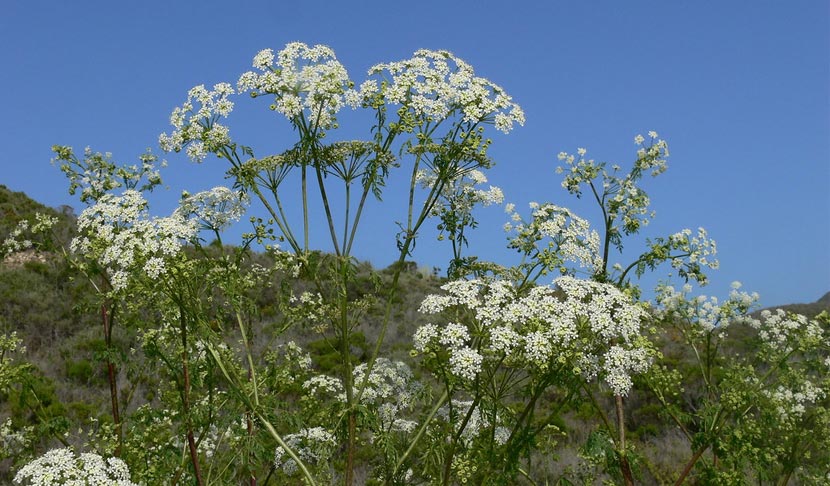
How to Identify Plants in the Carrot Family
Plants in the carrot family have yellow or white flowers grouped into “umbels,” which have flower stalks rising from a common point – kind of like the ribs of an umbrella. The leaves are often compound (or divided), and may look different at the base of the plant than the top of the stem.
They have stems that are at least partially hollow and contain resin canals – the source of their distinctive flavors and odors.
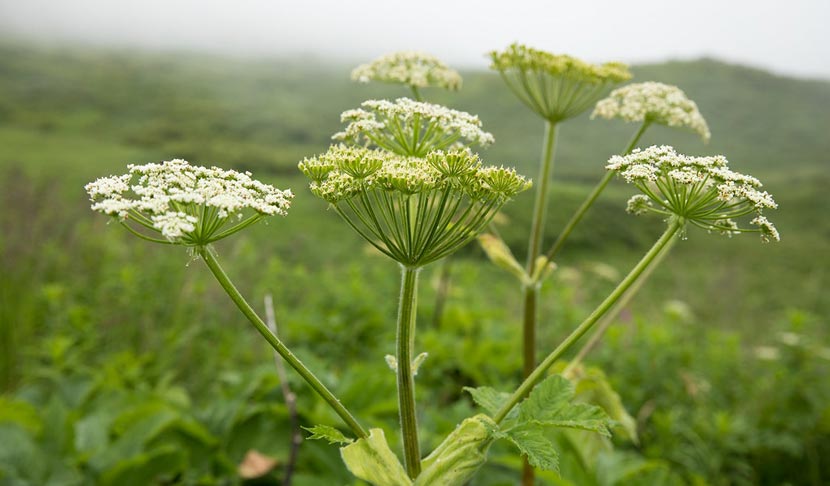
How We Control Invasive Carrots at Three Rivers
At Three Rivers, we are actively working to control invasive and noxious carrots. Keeping wild parsnip away from trails and recreation areas is a priority in the parks where it is present. Queen Anne’s lace is another noxious weed that is widespread at Three Rivers. Our goal is to keep it out of restored prairies and other high-quality habitats.
Although not yet given a legal invasive status, efforts are also underway to contain populations of burnet saxifrage at Elm Creek Park Reserve and sites of erect hedgeparsley at Elm Creek, Lake Rebecca and Murphy-Hanrehan park reserves.
Staff and volunteers on the R2ED (Rapid Response and Early Detection) team are on the lookout for new infestations and noxious weeks that are not yet established in our parks. Poison hemlock and wild chervil have not yet been found in Three Rivers and still have limited distribution in Minnesota. Giant hogweed has not yet been found in Minnesota.
Reports from those who are trained to identify invasive plants help us get rid of problem plants before they can spread. And awareness of the poisonous or otherwise harmful carrot relatives can help all of us avoid unintentional contact with these plants in natural areas.
Banner image: "IMG_1557" by jfh686 is licensed under CC BY 2.0.
About the Author
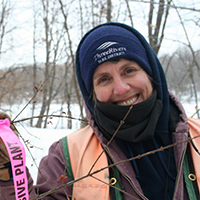
Missy Anderson is a propagation specialist at Three Rivers. Before her current role, she spent four years as the invasive species coordinator of for the park district. She has a degree in plant biology and although born and raised in Minnesota, she spent part of her career in the western United States before moving back to be closer to family. She feels lucky to work throughout the parks and with many staff and volunteers to reduce the impacts of invasive species. She enjoys all plant-related activities, especially those that involve conservation and restoration of native plants.
Related Blog Posts
The Wild Parsnip Problem
By: Paul Kortebein
Wild parsnip is an invasive species that can be a very real human health hazard. Learn how to identify wild parsnip and ways to prevent and slow its spread.
Hold the Mustard, Please!
By: Missy Anderson
Learn why mustard plants can be harmful to native plants, how to identify them and what you can do to help keep our forests healthy.
How You Can Stop the Spread of Aquatic Invasive Species
By: Angie Smith
Boating is a great way to maintain social distance and breathe in some fresh air. Before you get out on the water, here's a quick refresher on how you can prevent aquatic invasive species from further impacting Minnesota's waterways.
